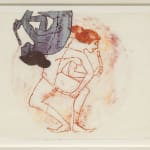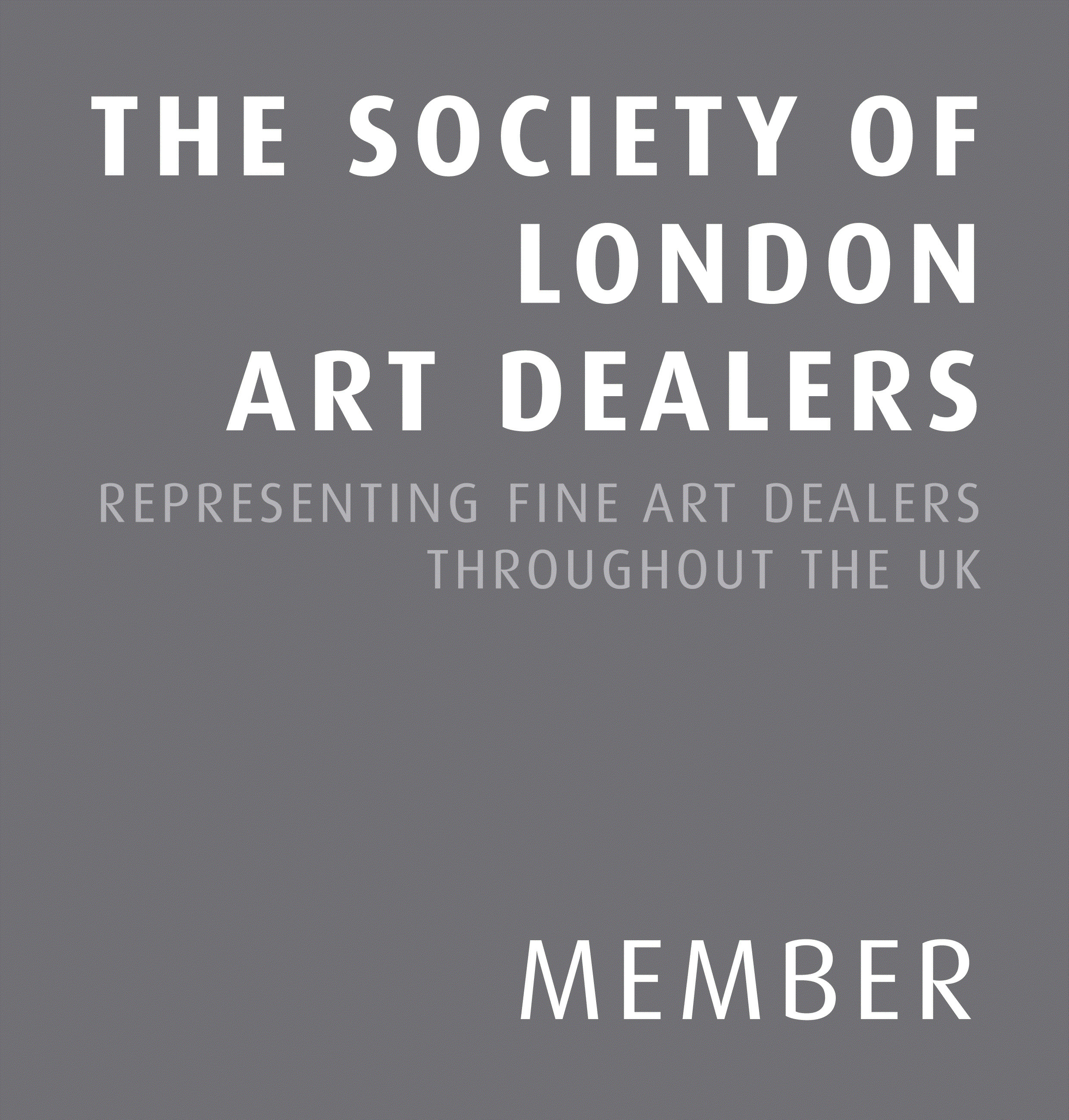

Nancy Spero
Dildo Dancer, Double Image, 1990
Hand print and collage on paper
47 x 62 cm
18 4/8 x 24 3/8 ins
18 4/8 x 24 3/8 ins
Nancy Spero's expressive works are characterised by their figurative interpretation of sociopolitical and cultural issues, often directly tackling racism, violence, and sexism in contemporary space. She combined, fractured, and repurposed...
Nancy Spero's expressive works are characterised by their figurative interpretation of sociopolitical and cultural issues, often directly tackling racism, violence, and sexism in contemporary space. She combined, fractured, and repurposed found imagery and adopted text to comment on contemporary and historical events. She reached back to the past, yet she was completely involved in the present.
A format indebted to both East Asian scrolls and architectural friezes from ancient Greece and Rome. Motifs common to other ages and other cultures proliferate: here we find dildo dancers derived from 5th century BC Greek vases, Celtic fertility figures called Sheela na gigs from the 11th and 12th centuries, and Hittite idols from the 14th-13th centuries BC. These figures, all of them female archetypes, form a semi-continuous procession that suggests the unfolding of a fantastic narrative. Together they serve as potent symbols of female power, vitality, and sexuality.
Spero’s interest in salvaging such motifs from the past and in making them relevant for the present links her to other feminist artists active in the 1970s and 1980s.
A format indebted to both East Asian scrolls and architectural friezes from ancient Greece and Rome. Motifs common to other ages and other cultures proliferate: here we find dildo dancers derived from 5th century BC Greek vases, Celtic fertility figures called Sheela na gigs from the 11th and 12th centuries, and Hittite idols from the 14th-13th centuries BC. These figures, all of them female archetypes, form a semi-continuous procession that suggests the unfolding of a fantastic narrative. Together they serve as potent symbols of female power, vitality, and sexuality.
Spero’s interest in salvaging such motifs from the past and in making them relevant for the present links her to other feminist artists active in the 1970s and 1980s.


